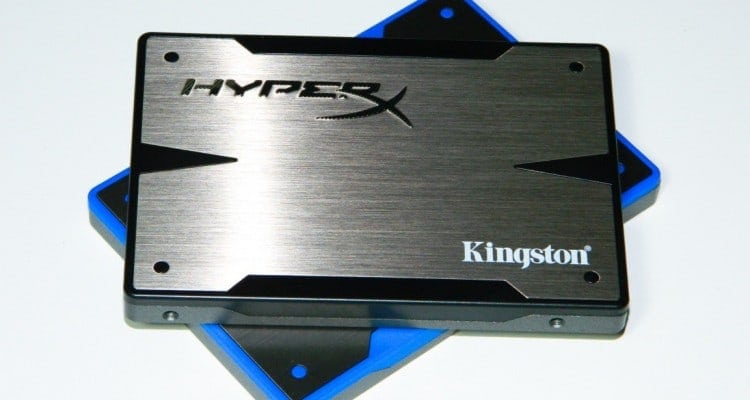I remember when certain 8xxx series NVIDIA video cards developed an issue where the GPU would actually de-solder themselves from the PCB. The solution was to cook them in an oven to “reflow” the solder and re-establish the GPU’s connection to the PCB. Although this isn’t quite the same, it does involve heating up damaged parts. In the case of flash based devices, this could potentially repair damaged flash modules and even increase their longevity up to 100 million cycles!
It’s been known for a while now that heat applied to flash memory modules could repair damaged or degraded materials inside them. But because you had to expose the components to a constant 250C for several hours, in laboratory conditions, it’s clearly not a feasible DIY solution for most home repairs. Taiwanese researchers have come up with a technology that can do it much faster (and more elegantly than cooking your hardware in an oven). The best part is, it’s baked right into the chips themselves.
The technology integrates a heater right alongside the flash module material itself, and generates a magical jolt of 800C heat, to repair degraded components. Because the duration of the heat blast is so brief, the power consumption is minimal and should not affect battery life of devices. This important, especially in products like notebooks, smartphones and tablets.
The testing has shown that this method has resulted in damaged modules being ressurected to full working order and not some weird awkward zombie stage of existence. It is still far from ready and is currently undergoing testing. The company that the researchers work for, Macronix, say that there is no firm date on when products will emerge, but they do plan to capitalise on it.
With devices having more and more things soldered onto the PCB and not replaceable, I can definitely see a benefit to service centres that need to deal with repairs. Instead of replacing affected flash/memory components, you just need to turn up the heat inside the device via a service menu and VOILA! Repaired!
Although this sounds good and all, I’m wondering if the procedure wipes the drive, or simply repairs modules that have been marked as bad. If it’s the latter, I think this would be a very interesting technology. However, if the procedure wipes your drive each time the procedure is employed, that’s gotta be a huge inconvenience.
I’m sure that Apple is probably looking at this technology hard as none of their new computers seem repairable at all. But I think the biggest impact will be in the mobile space where gadgets tend to see the most abuse and see contract periods of 2 to 3 years.
What do you think of this technology? Do you think it’ll benefit you in some way?
Source: BBC UK

